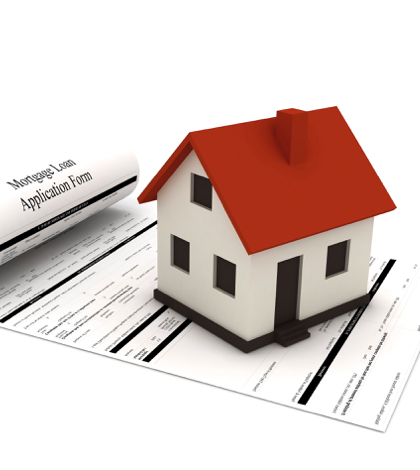The market improved in 2015, and it will most likely continue to do so this year, but several factors are preventing the robust comeback everyone is hoping for.
Yes, the Inland Empire housing market improved during 2015.
Both sales and median prices were up as the year came to an end, while distressed properties – a major factor in why the market bottomed out in 2009 – continued to shrink.
That was the good news. The bad news is that the local housing industry isn’t improving nearly fast enough, at least for an industry that, along with logistics, makes up the backbone of the Inland Empire economy.
Not enough houses are being built, and the region is way behind in the number of permits being issued to build single-family homes, according to analysts and economists who watch the market carefully.
During the first 10 months of last year, 3,232 housing permits – both single and multi-family – were issued in San Bernardino County, according to the Baldy View chapter of the Building Industry Association of Southern California.
That was a 21.5 percent increase compared with the first 10 months of 2014. That would appear to be a sign that the Inland Empire housing market is making a comeback.
However, that number is a little misleading, because the county needs between 8,000 and 10,000 permits a year to keep pace with demand, said Carlos Rodriguez, chief executive officer of the Baldy View chapter.
“The 21 percent increase year-over-over in October needs to be viewed in relation to the big picture,” Rodriguez said. “We’re at about one-third of where we should be with permits.”
Riverside County didn’t fare much better. It issued 3,762 housing permits through the end of October, a year-over-year drop of 17 percent, according to the association’s Riverside County chapter.
Sales and prices performed solidly, however.
In November sales were up 5.5 percent in Riverside County and 2.3 percent in San Bernardino County compared with November 2014, while median prices rose 4.4 percent and 9.3 percent.
So the Inland Empire housing market did improve during 2015 – sales and prices are still the primary ways to determine a housing market’s health – but at an agonizingly slow pace. The question now is, will that improvement continue in 2016, and if it does, at what pace?
With the new year a few days away, there are reasons to be optimistic about the future of the housing industry in Riverside and San Bernardino counties, said Leslie Appleton-Young, chief economist with the California Association of Realtors in Los Angeles.
“I definitely think the [Inland Empire] market will get better in 2016,” said Appleton-Young, whose organization compiles data on housing in Southern California. “The economy is doing a little better, and in the case of the Inland Empire it has houses that are affordable.”
By contrast, houses in the coastal areas – especially Los Angeles and Orange counties – are too expensive for a lot of people to buy, especially first-time buyers, Appleton-Young said.
Data compiled by CoreLogic in Irvine, which issues a monthly report on the Southern California housing industry, backs up that claim.
The median price of a single-family home in Riverside and San Bernardino counties in November was $318,500 and $277,500, respectively. In Orange and Los Angeles counties, those numbers were $623,000 and $495,000.
Given those disparities in prices, the Inland Empire market should see some spillover from its more affluent neighbors during 2016.
The Inland Empire housing market is also being hurt by a lack of inventory, a problem that is plaguing all of Southern California. Simply put, not enough houses are being built to accommodate everyone who wants to buy, either a first house or a move-up.
Also, people are staying in their houses longer, which makes it more difficult for young buyers to enter the market.
None of the trends that held the market back this year are likely to change much in 2016, long-time Inland Empire economist John Husing said.
“I see 2016 as a little better than 2015, but still not the housing market that we’re used to seeing or that we want to see,” Husing said. “As for how much new construction we’re going to get, I have no idea. I just know we aren’t building enough houses.”
Housing in the Inland Empire took a devastating hit during the recession, far worse than most other submarkets in California. The damage was so bad that the fallout is still being felt, even though technically the recession ended four years ago, Husing said.
Some potential home buyers took such a hit to their finances during the recession that they’re still reluctant to buy, even though they have the money. Some developers are reluctant to build for the same reason.
“A lot of the factors we’re dealing with are psychological, not economic,” Husing said.
Several factors, including stricter guidelines that make it more difficult to get a loan from the Federal Housing Administration, are contributing to the drop in home sales, not just in the Inland Empire but all of California, Rodriguez said.
“A lot of people are being kept out of the market because of that, especially first-time buyers,” Rodriguez said. “If some of those rules were relaxed a little it would help.”
The recovery has been so slow that it often hasn’t felt like a recovery, said Bill Blankenship, executive officer of the BIA’s Riverside County chapter.
“The lack of inventory has kept prices up,” Blankenship said. “It’s become very frustrating, especially for the buyers.”
 IE Business Daily Business news for the Inland Empire.
IE Business Daily Business news for the Inland Empire.


